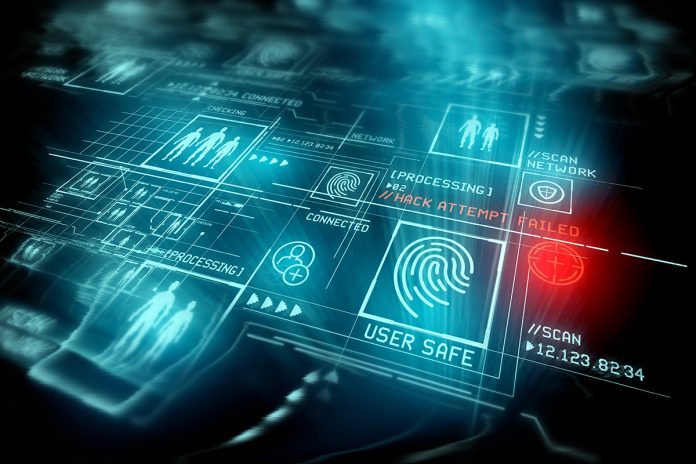Ever since the advancement of technology, every single sector has increasingly adopted measures to adapt to the trends in order to survive in the long run. There is no doubt these advancements have majorly accelerated the growth of businesses. However, alongwith the ease it has brought for the business sector, the criminals have also found it a blessing. The technological advancements have proved to be extremely helpful for them, in the course of assisting their financial crimes.
Considering the surge in such criminal activities and increased fraud reports from banks and other financial institutions, the regulatory authorities have mandated every single financial institution, banks especially, to be KYC and AML compliant. Know Your Customer and anti money Laundering regulations not only save the banks from the shady tactics of the criminals but maintain an accurate database of the customers getting onboard in order to prevent potential risks and frauds.
Along with being KYC compliant, the banks have now adopted the latest biometric verification technology that leaves no criminal activity going unnoticed.
Contents
What Makes Biometric Authentication the Most Accurate?
The physical traits that verify a person’s identity are called biometrics. It happens to be the most accurate as it identifies an individual on the basis of his physical traits that are unique to all. Since no two people can ever carry similar physical traits, the process becomes extremely accurate and effective. A technology, once only seen in movies, has now taken over the identity verification market.
With the rapidly increasing rate of financial fraud reports, banks are adopting adequate measures of implementing identity verification solutions in their security systems and biometrics have come forth as the most effective solution. The rapid growth of Biometric user authentication services falls behind the reason of being widely accepted by the consumers, in both public and private sectors. Biometrics i.e. our fingerprints, iris scans, facial as well as voice matching, have the ability to be used to various extents in identifying, screening and authenticating an individual’s identity. Biometric recognition has successfully replaced traditional means of security, i.e. usernames and passwords.
Biometric Security Systems in Banks
Financial institutions, especially banks have struggled forever in maintaining strong ID verification systems in order to prevent financial crimes and make banking secure and convenient. Biometric screening has finally made that possible, be it, online or traditional banking. Just like physical uniqueness has emerged to be the most authentic source of identifying individuals and replacing the usernames and passwords, it is believed that PIN codes are going to be obsolete too. Considering the rapidly advancing biometric ID systems, the banks do not really care whether the PINS will be here to stay or not are eagerly acquiring the new biometric technology.
How Banks Have Suffered Prior Biometric Authentication
It started way back in the year 1967 when Barclays opened the first ever Automated Teller Machine (ATM) in order to ease the access of money after the bank timings. The bank used PIN codes to secure the ATM but an early competitor adopted the use of magnetic stripe cards. However, both the banks experienced a shortcoming and explained it as the inability to ensure whether the user of the token was actually the account holder.
In 1968, only a year later, they were subjected to a major fraud when the hackers from Sweden stole the code and withdrew a large amount of money from not one, but various ATMs. This particular unfortunate incident was enough for the authorities to develop an insight of what the criminals had in store for banks and other financial institutions. Today, the banks are subjected to huge financial losses. Hence, in order to prevent such risks, banks, credit unions etc are working on completely transforming the use of usernames, PINS etc to biometric technology.
Biometric Technology – Secure than Passwords
Hackers have very cleverly adopted techniques of phishing scams through which passwords, credit card data and other security details have been stolen and used for illicit activities. More than just the phishing scams, the fraudsters have another very common practice called, credentials stuffing where they use the stolen credentials on various online services. This is where biometric identity verification comes to the rescue. Once integrated in the security networks, biometric security processes require the user to get his biometrics verified and authenticated. That could either be his fingerprints, iris scan, facial or voice recognition. The verification process gives instant results hence saving time and providing the most effective authentication.














